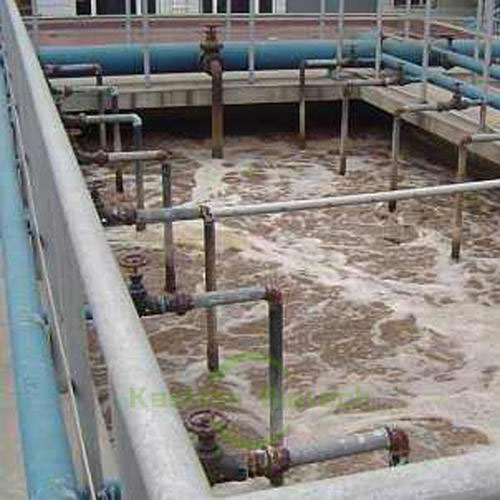
Home Products Sewage Treatment Bacteria Foodstuff Wastewater Treatment Application of nitrifying bacteria in te

2-3 feeding points were selected around the aerobic pool, and nitrifying bacteria were added to make their uniform distribution, controlling dissolved oxygen, PH, temperature and other indicators to ensure the suitable growth environment for nitrifying bacteria. Samples were taken before and after every day to detect the effluent ammonia nitrogen index. After one week of feeding, the effluent ammonia nitrogen remained stable below 10mg/ L, meeting the discharge requirements.
Kashion-Product Introduction
|
Product State |
Solid powder |
Application |
Slaughter wastewater, industrial wastewater, pharmaceutical wastewater, sanitary wastewater, river regulation, waste osmotic fluid. |
|
Storage Method |
Store in a dry and cool place, do not expose to the sun or damp |
Shelf Life |
Sealed for 2 years and unsealed for 2 months. |
|
Safety |
Non toxic and harmless |
Main Components |
Nitrobacteria、alcaligenes、zymin、microelement, etc. |
|
PH Value |
Average range:5.5~9.5 |
Temperature |
Take effect between 8℃~60℃ |
|
Dissolved Oxygen |
AerationTank≥2mg/L |
||
|
Salinity |
Tolerates 6% salinity
|
Anti-toxicity |
Effectively resist chemical toxic substances, including chloride, cyanide and heavy metals. (Note: When the contaminated area contains fungicides, their effects on microorganisms should be studied in advance.) |
Name: Nicole Yu
Mobile:+86 17718148007
Tel:+86 17718148007
Whatsapp:8617718148007
Email:sales@kashionbiotech.com
Add:No.6, Zhanxi Road, Yaohai District, Hefei City, Anhui Province, China.